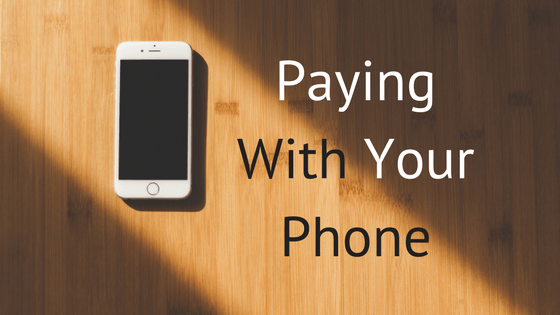Anyone who has ever had to deal with international money transfers, whether through ACH, wire transfers or e-Wallets like PayPal, knows well the extreme headaches, frustrations and steep fees that are a seemingly unavoidable part of doing so. Yet, in a globalized world where it is necessary for businesses, entrepreneurs, and freelancers to send and receive payment across the world and in multiple currencies, international payments are often a necessary part of conducting business.
In many cases, however, the costs that businesses and individual entrepreneurs face for maintaining international payment capabilities can be prohibitive. While banks and services like PayPal often advertise low fees for sending money across borders, everyone who has done so knows that the realities are often not as they are promoted.
TransferWise is a UK company that was founded by two entrepreneurs who finally had enough of the deceptive marketing that banks and other services put out about the true cost of international transfers. TransferWise is a system that is designed to eliminate the banks’ and large payment processors’ stranglehold on international money transfers. By holding accounts at hundreds of banks across the globe and striking strategic deals with key financial institutions, TransferWise is able to almost completely eliminate surcharges associated with sending and spending across borders.
TransferWise typically charges a simple, low fee of around .6 percent, plus a flat fee of $1 per transfer. Whereas sending $5,000 from the United States to the United Kingdom through PayPal may cost business account holders upwards of $200 between both the sender and recipient, with TransferWise that same transaction will cost only around $31. It’s easy to see how savings like that can add up to huge boosts to the bottom line of any business that is required to regularly transfer large sums.
TransferWise also has a number of highly unique products, such as real foreign bank account services. TransferWise Clients are able to obtain real account information in dozens of countries, which they can then use as their local business accounts for that area. Having local bank accounts wherever one does business not only provides a patina of international prestige, but it also can eliminate hundreds of dollars in transfer, exchange and service fees on every transaction.
TransferWise is revolutionizing the way that international payments are made.










